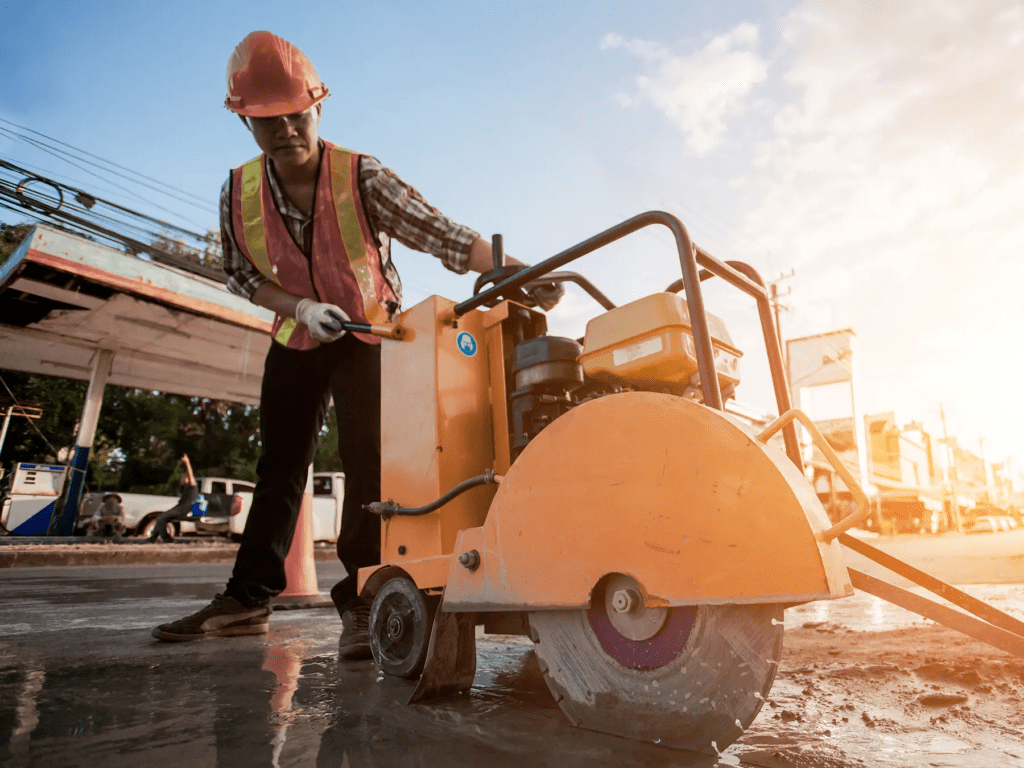Welcome to Orsu Demolition Company, where innovation meets expertise in the world of Building Demolition. Our commitment to excellence drives us to embrace cutting-edge technologies that not only ensure safe and efficient demolitions but also reduce environmental impact. In this article, we will explore the advanced technologies utilized by Orsu Demolition Company to revolutionize the demolition process.
Building demolition is a complex and potentially hazardous process that requires precision, safety, and efficiency. In recent years, advancements in technology have revolutionized the demolition industry, providing numerous benefits and raising the standards for demolitions.
One of the most critical aspects of advanced technology in demolition is the improvement of safety measures. Traditional demolition methods often involved significant risks to workers and nearby structures. However, with the implementation of advanced technologies like implosion techniques and robotic demolition, the process has become more controlled and predictable. Sophisticated equipment and tools enable operators to perform demolition tasks remotely, reducing direct exposure to hazardous environments and minimizing the risk of accidents.
Advanced technology allows for greater precision in demolishing structures, even in confined spaces or in close proximity to other buildings. Robotic demolition machines, for example, can maneuver through complex structures and target specific load-bearing elements with unparalleled accuracy. This level of precision ensures that the demolition process is executed precisely as planned, reducing the chances of unintended damage and improving overall project efficiency.
Implementing advanced technology in building demolition can significantly reduce project timelines and associated costs. Implosion technology, for instance, enables a quicker and more controlled demolition compared to conventional methods. By bringing down the structure in a matter of seconds or minutes, the need for lengthy manual demolition is eliminated, leading to cost savings in labor and equipment usage.
Modern building demolition places greater emphasis on environmental sustainability. With the adoption of innovative debris recycling techniques, materials from the demolished structure can be salvaged and repurposed. This reduces the amount of waste sent to landfills and contributes to resource conservation. Additionally, advanced dust suppression technologies minimize airborne pollutants, ensuring that the surrounding environment is protected during the demolition process.
Building Information Modeling (BIM) and other advanced planning tools enable demolition experts to create virtual 3D models of structures before the actual demolition takes place. These simulations allow for careful analysis of potential challenges and risks, empowering the demolition team to devise effective strategies for a safe and successful demolition. It also enhances communication among stakeholders and streamlines the decision-making process.
As urbanization continues to grow, demolition projects often involve structures with intricate designs and unconventional materials. Advanced technology equips demolition professionals to tackle these complex projects with ease and efficiency. The use of robotic machines, specialized cutting equipment, and custom demolition methods ensures that even the most challenging structures can be safely and effectively dismantled.
The incorporation of advanced technology in building demolition has revolutionized the industry, elevating safety standards, precision, and environmental sustainability. From implosion techniques to robotic demolition and advanced planning tools, these technologies have enabled demolition companies to execute projects with greater efficiency, reduced risks, and minimized environmental impact. Embracing these advancements not only benefits the demolition industry but also ensures safer communities and a more sustainable future for the built environment.





